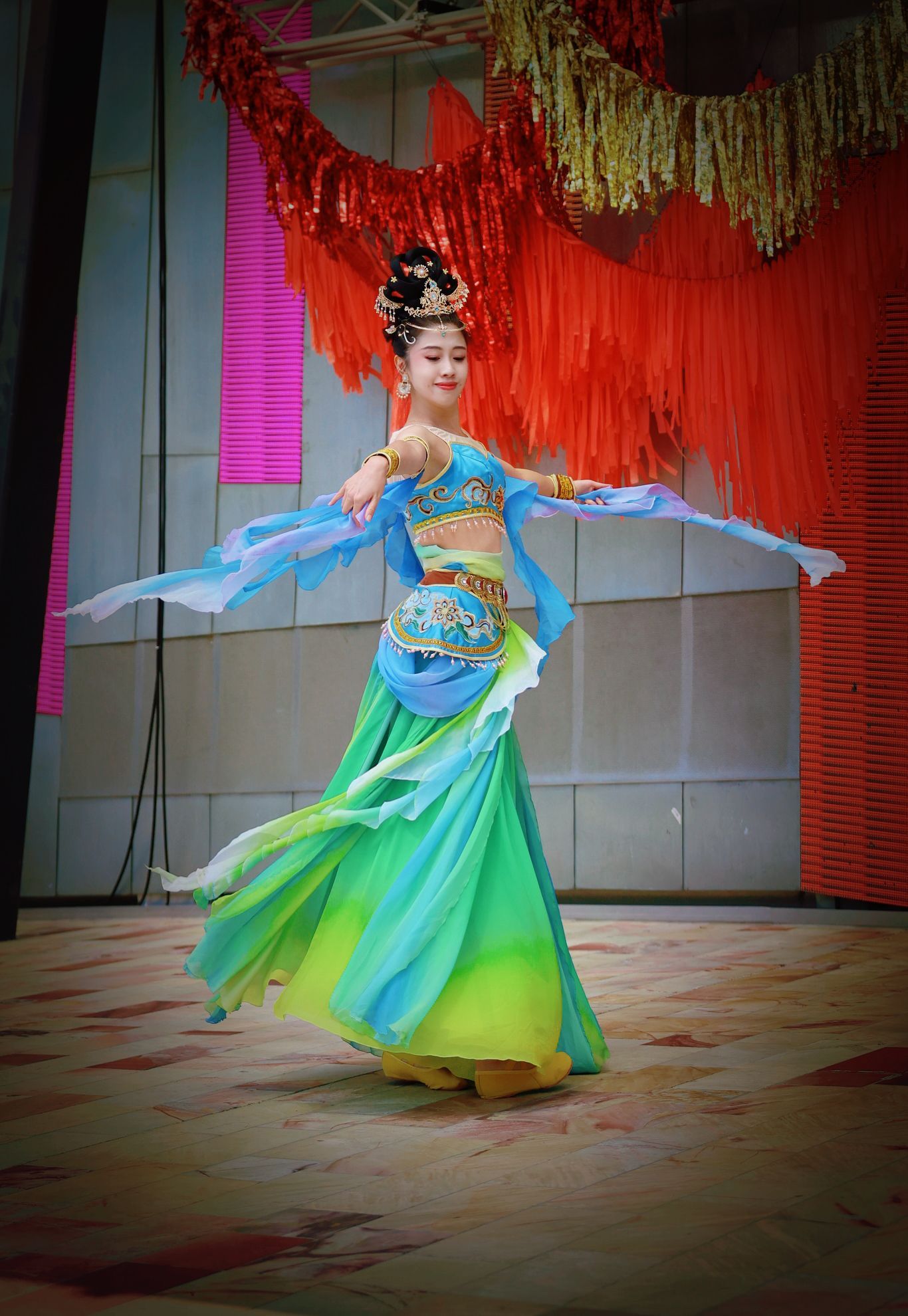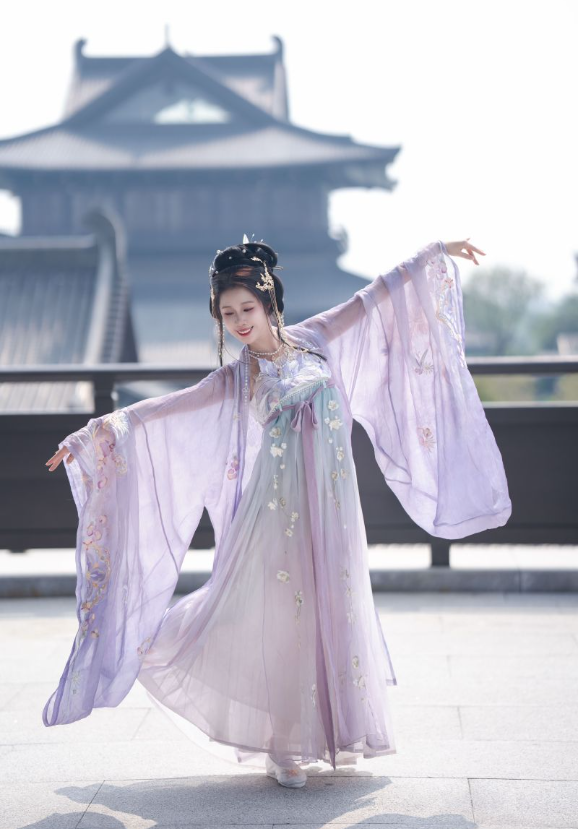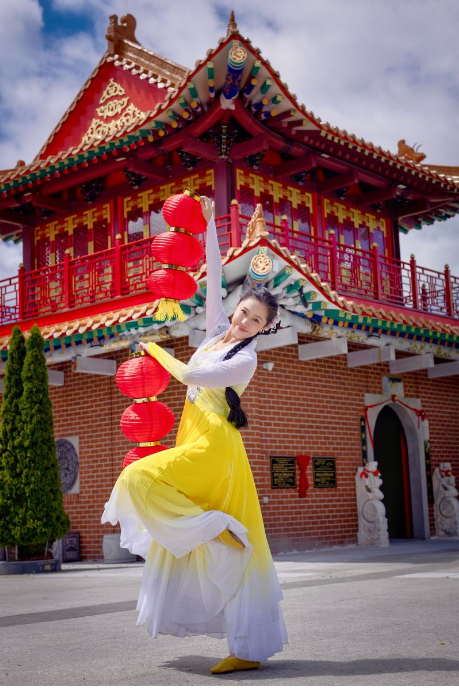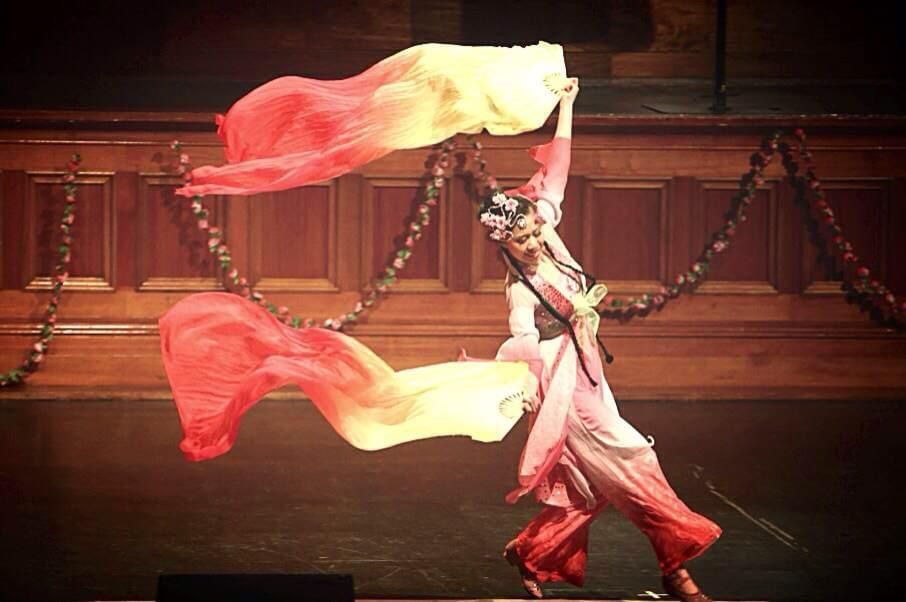


A Journey Through Tradition, Culture and Expression

Chinese dance is a traditional performing art that encompasses a wide variety of styles, techniques, and cultural expressions from China.
It has a long history, dating back thousands of years, and has evolved over time while preserving deep cultural roots. The dance forms are highly diverse, reflecting different regions, dynasties, and ethnic groups within China.
Some key aspects of Chinese dance include:
Classical Chinese Dance: Known for its graceful and fluid movements, this style emphasizes balance, posture, and control, often featuring intricate footwork, precise arm movements, and expressive facial expressions. It has deep ties to Chinese philosophy, including concepts of balance (Yin and Yang) and the five elements.
Folk Dance: There are numerous folk dance styles associated with different ethnic groups within China, such as the Mongol, Tibetan, and Han peoples. These dances often reflect daily life, agricultural activities, or specific cultural rituals and are typically more upbeat and energetic.
Ethnic Dances: China is home to many different ethnic groups, each with its own distinctive dance traditions. For example, the lively and joyful dances of the Uyghur people from Xinjiang, or the graceful and fluid dances of the Dai people.
Traditional Ballet-Inspired Dance: This form is influenced by Western ballet but incorporates Chinese elements like classical Chinese techniques, costumes, and storytelling.
Chinese Opera Dance: Chinese opera, such as Peking Opera, incorporates dance as part of the performance. The movements are often symbolic, with exaggerated gestures used to express emotions or represent certain characters or elements of the story.
Chinese dance is not just a form of entertainment but also a means of storytelling, preserving traditions, and conveying cultural identity. The costumes, music, and stage designs in Chinese dance performances are often colorful and entertaining to all.




